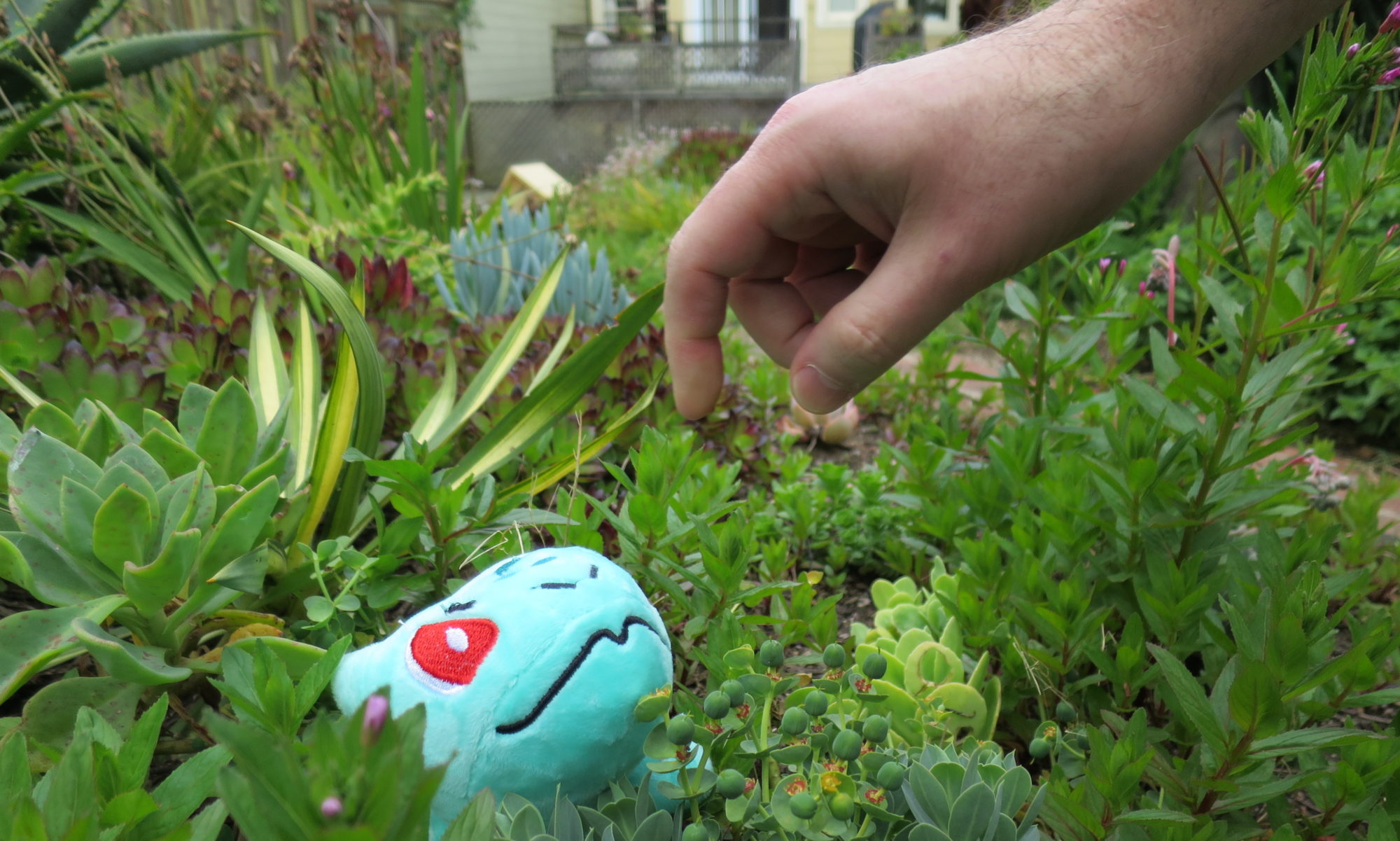There are a lot of robot-themed toys and robot-themed remote controlled vehicles out there. They are cool and all, but if your kid wants to learn about robotics, there are better choices.
When I look for a robot toy that will actually help a kid learn the basics of robotics, I look for programming and sensor-based movement. If it doesn’t move, it’s probably just a computer game. If you drive it around, it’s an R/C toy, not a robot. At a bare minimum, you want the kids to be able to program a series of moves, then hit go and watch their program execute, or else you want at toy that can explore on its own without your kid steering. If a toy lets them do that, it counts as a real robot in my book.
But, you say, a robot-themed toy is helping them learn about A and B as well as mechanical blah blah. Sure. Don’t get me wrong, those toys can be great and fun and can help kids learn things, but they aren’t learning robotics. A toy has to move on its own, according to a program you entered, or it needs sensors that lets it move around and make decisions about where to go based on feedback. These are the fundamental core concepts of robotics, which is why I look for them in a good robot toy.
Here are some toys that look good
Code & Go Robot Mouse The best way for a kid to learn about robotics is to program one, see how it accomplishes a task, change her program, and try again. Give her a programmable robot and a maze, and have her program the bot to solve the maze. We’ve done that with our LEGO robot, and our daughters had a ton of fun. Learn-to-code apps (Kodable and LightBot are two we enjoy) do just that. I’ve never used this toy, so I can’t speak to the quality or any of that, but it has the core things I’d want out of a first robot.
HEXBUG Beetle Our kids have one, and we all love it. The legs are a tad fragile, but it walks in a straight line until it’s feelers bump something, then it backs up, turns, then walks in a different direction. The Beetle is a very cheap robot that autonomously explores its environment. Scale this concept up and you’ll eventually get to the Mars Rover. It’s a great demonstration for how real robots operate.
LEGO Boost We have the LEGO EV3 robot system. It’s extremely flexible and extendable, however it isn’t cheap and it uses the more advanced Tecnic-style LEGO parts. New this year is a LEGO robot system that is less expensive, and it uses standard bricks (as well as some specialty parts). The ability to code is pared down, but for an early robot, it appears to have the whole package: programmable movement and sensors to give feedback. I’ve not used it, but I recommend this one over the EV3 for a first robot, mostly due to the simplified coding required.
HEXBUG Nano If your kids aren’t ready to code, but also don’t put toys in their mouth anymore, I recommend the HEXBUG Nanos. See my old post.



